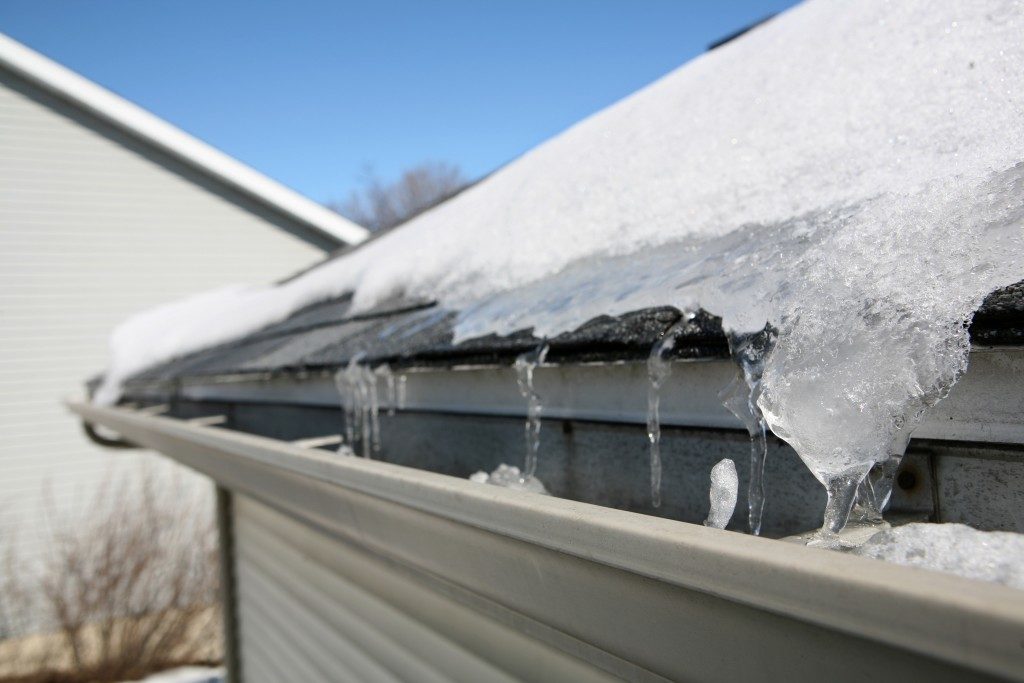Winter is just around the corner, and the present is an excellent time to begin thinking about the preparations for your fleet of heavy equipment. Properly maintaining your equipment is vital to keeping it running at peak condition and extending its lifespan. Before the first snowflake falls, make sure that you perform the following to winterize your machinery.
Conduct a Visual Inspection
Take the time to check the hoses, attachments, and electrical wiring for damage and wear. Look for worn spots, cuts, and cracks on all tires, belts, and hydraulic hoses. On top of that, get rid of any debris or dirt from the undercarriages.
If you find any damage, get a qualified technician to perform the repairs. Phillipsheavyequipment.com, a Utah-based heavy equipment, and truck service provider says it has seen many occasions where unqualified technicians have made matters worse by creating a bigger problem from a minor repair. Getting a trained and experienced repairperson, therefore, is crucial to fixing the problem properly.
Install the Correct Lubricants
Before the temperatures significantly drop, install the correct and final drive lubricants for your machine. Additionally, before starting your heavy equipment, check the lubricant levels to make sure they are fluid enough for proper flow. You can do this by checking the dipsticks of the machine. You’ll know that it’s fluid enough when the oil drips from the dipstick.
Condition Hydraulic Hoses
The hydraulic hoses’ outer wrapper can crack when they flex in colder temperatures. You can avoid this problem by conditioning them before the temperature decreases. Do this by starting your machine, waiting for the temperature of the hydraulic oil to reach 150 °F, and operating it for one hour. You can achieve better results by applying arctic hydraulic oil on the hoses.
Use Block Heaters
A block heater, in many cases, is an easy way to fire up an engine during cold weather to raise the hydraulic fluid and the engine. You can help accelerate the warm-up process by blocking the radiator to restrict cool air from the fan.
Keep Your Tires Properly Inflated

Cold weather can cause your tires to lose air faster. At the start of every shift, check your tires and fill them to the correct pounds per square inch. If you want better results, use dry nitrogen gas when inflating the tires. This gets rid of the ice crystals that cause unnecessary deflation and holds the valve stem open.
Keep Your Batteries Warm and Fully Charged
The cold weather pushes your batteries to produce almost twice as many cranking amps for your heavy equipment to function optimally. So, make sure that your batteries are warm and fully charged for easy starting.
Fill the Fuel Tank before Your Shift Ends
Filling up at the end of each day helps you avoid frozen fuel tank in the morning. Make sure to keep the tank clean of sediment, debris, and water by draining the water from the water separator before refilling the tank.
These suggestions can help you get your heavy equipment prepared for the cold season. By acting appropriately to keep your machines operating in optimal condition, you will be better ready for whatever Mother Nature throws at you.

